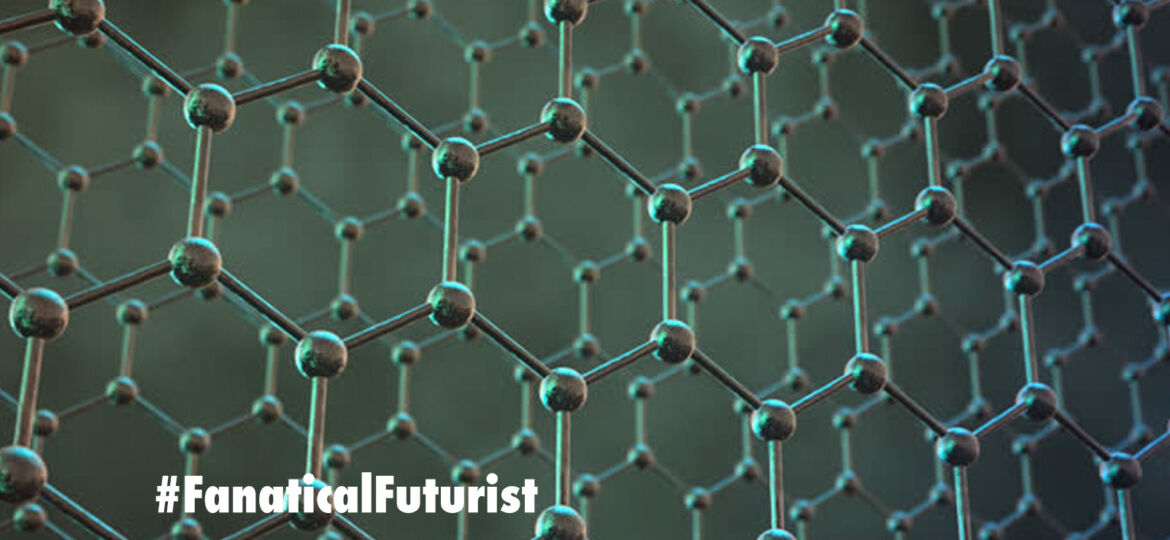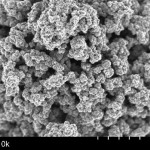
WHY THIS MATTERS IN BRIEF
When asked what irritates them most about their smartphones most people reply battery life, but Samsung’s latest breakthrough might mean we have to moan about something else.
All our mobile devices have been hamstrung for ages by their reliance on traditional Lithium-Ion (LiOn) batteries which have been advancing at a much slower rate than almost any other technology out there today, whether it’s Artificial Intelligence (AI) or even Quantum Computers, and every month it seems like we hear about a new battery or energy breakthrough that should, finally, end our love-hate affair with battery technology. But that said, so far, none of them, whether it’s energy scavenging technologies, or even the much lauded “run forever” diamond batteries, forged from nuclear waste, of all things, or even the much hyped battery free smartphone breakthrough I wrote about earlier this year, have made an appearance in the devices we can’t live without. And why’s a mystery, after all who wouldn’t want a nuclear powered diamond battery that lasts forever in their smart watch? You crazy people you.
But all this might be about to change thanks to Samsung, who, let’s face it have more than just an idle interest in the space, who’ve come up with a new and novel approach. What’s even better though is that they’ve been able to demonstrate how the new technique, which uses graphene balls, boosted standard battery capacity by 45 percent and charging speed by a whopping 500 percent.
The new battery was developed by Samsung Advanced Institute of Technology (SAIT) and Samsung SDI in collaboration with researchers at Seoul National University, and the discovery has potential for several reasons.
First, it addresses both the battery’s capacity and charging speed, many experimental batteries are only good at one or the other, and second, the materials needed for the battery aren’t exotic or expensive. Finally, and perhaps most crucially because this is where many new “exotic” battery technologies often fall down, Samsung believes it can incorporate graphene balls into batteries without completely retooling its manufacturing facilities, and in short, they think they can scale the technology, and do it cost effectively.
Is that light I see at the end of the long, dark tunnel? In the far distance…? Hmmm.
Graphene is a remarkable substance which is why it keeps appearing in so many new discoveries and breakthroughs – it’s a hexagonal lattice of carbon just one atom thick and it exhibits high stability, thermal conductivity and can act as a semiconductor. In this case, SAIT used readily available silica to process their graphene into a 3D form, the aforementioned balls, then they used these balls to create a protective layer on the battery’s Anode and Cathode, and that’s, apparently, why the battery they used in the experiment ended up with a higher capacity and faster charging speed.
However, as an added bonus, and another big tick in Samsung’s book as far as they’re concerned the battery also ran cooler – remember when Samsung Note 7 batteries hit the news for exploding everywhere? Yeah, me neither. Although that said even if Samsung hadn’t discovered a way to run batteries cooler then they might have been able to use a new solid state refrigerant that was invented recently, but now, in light of their new discovery it looks like that mightn’t be needed after all, as the original inventors had hoped – sorry guys.
According to Samsung the increase in capacity would be able to push smartphone batteries to the 5,000 to 6,000mAh range, which would put smartphone batteries on a par with today’s tablet batteries, and the new battery charged in 12 minutes, not the hours, days and years that it seems to take today’s LiOn batteries.
Samsung plan on commercialising and rolling the technology out in the next couple of years, and they published their findings in the journal Nature.

















